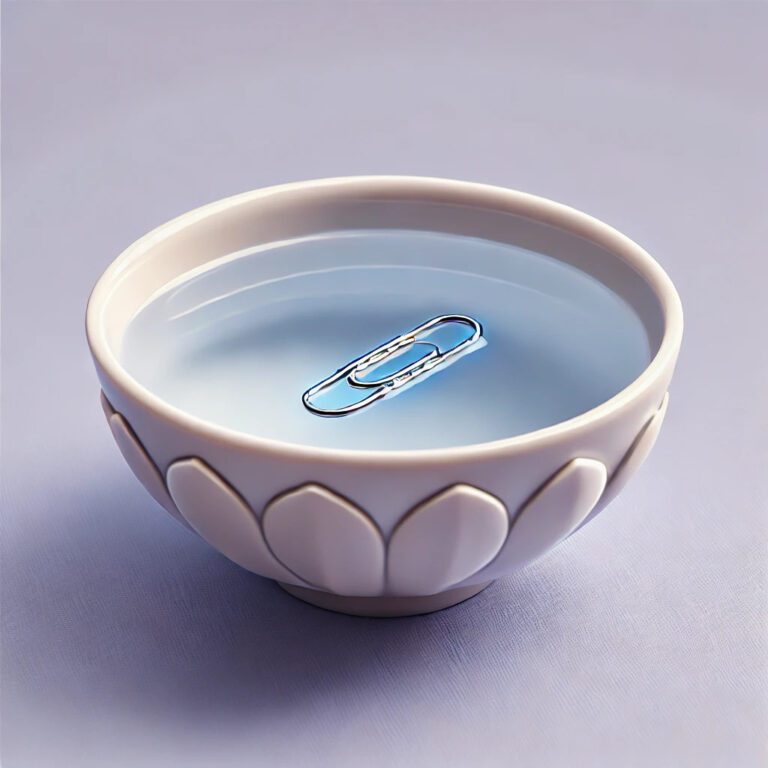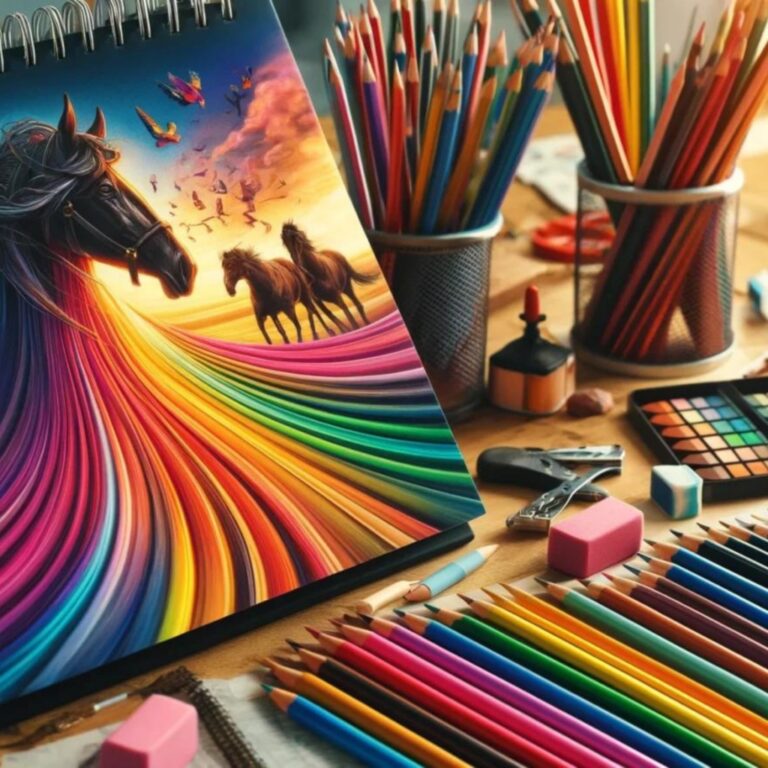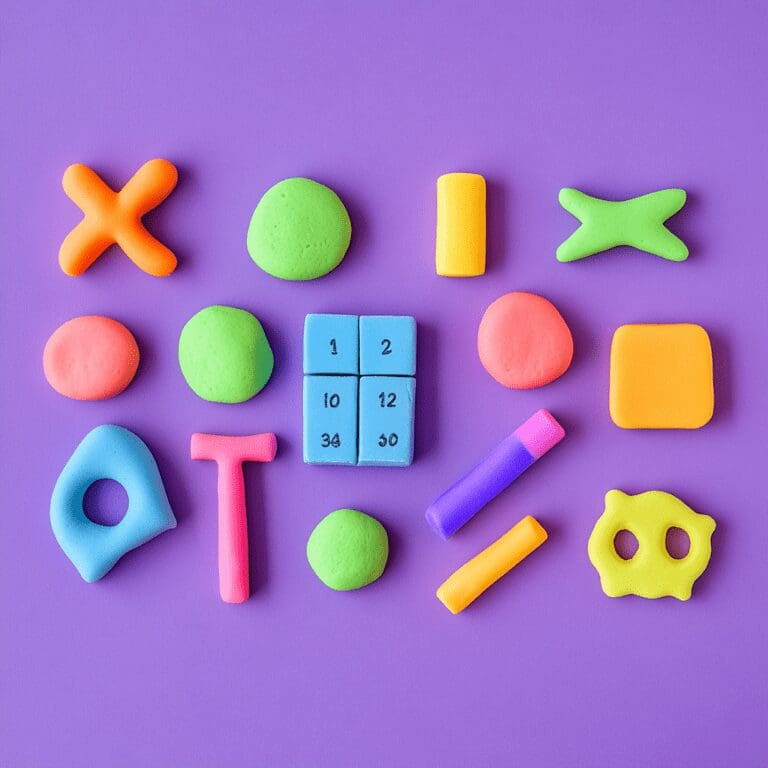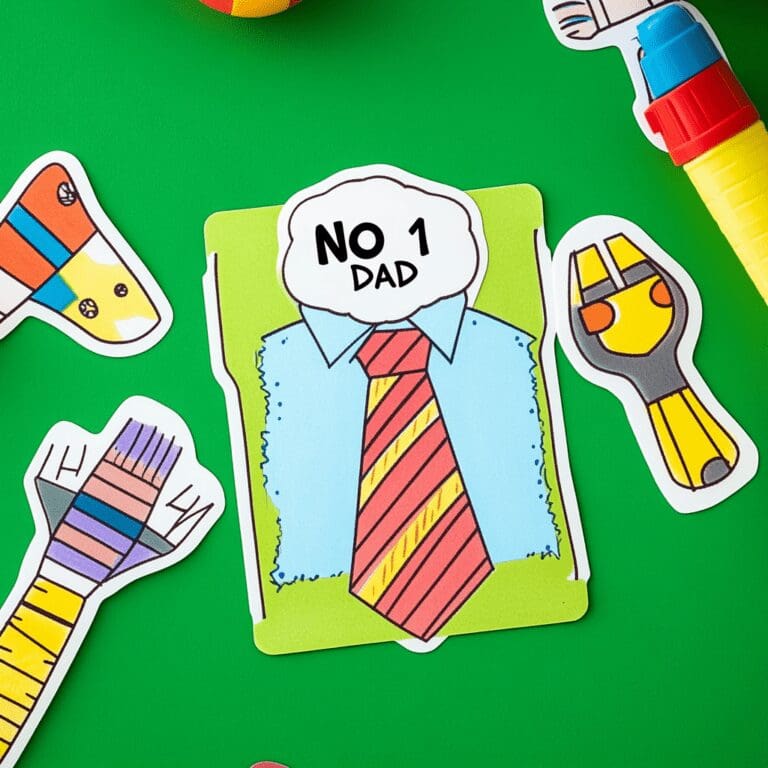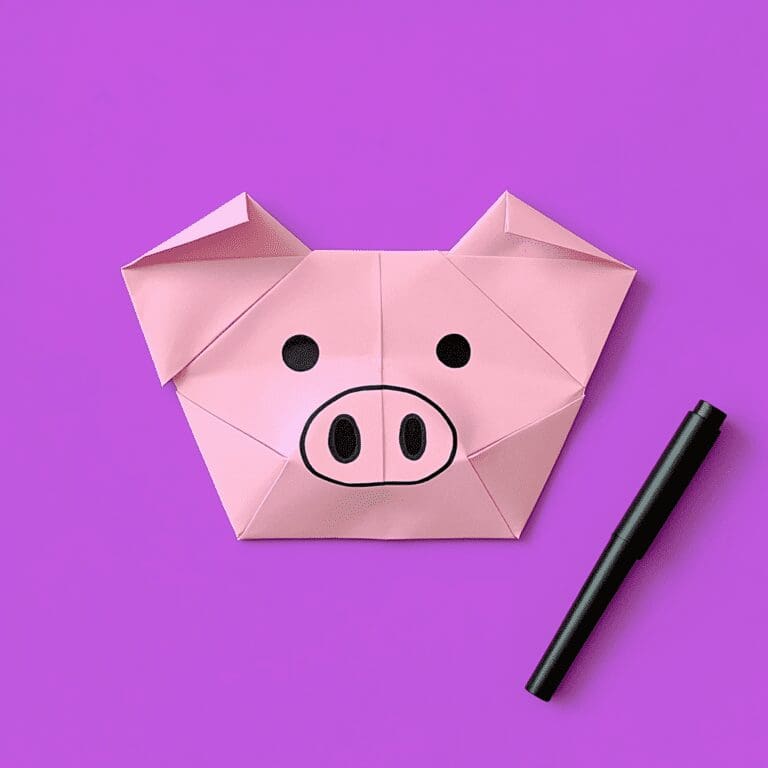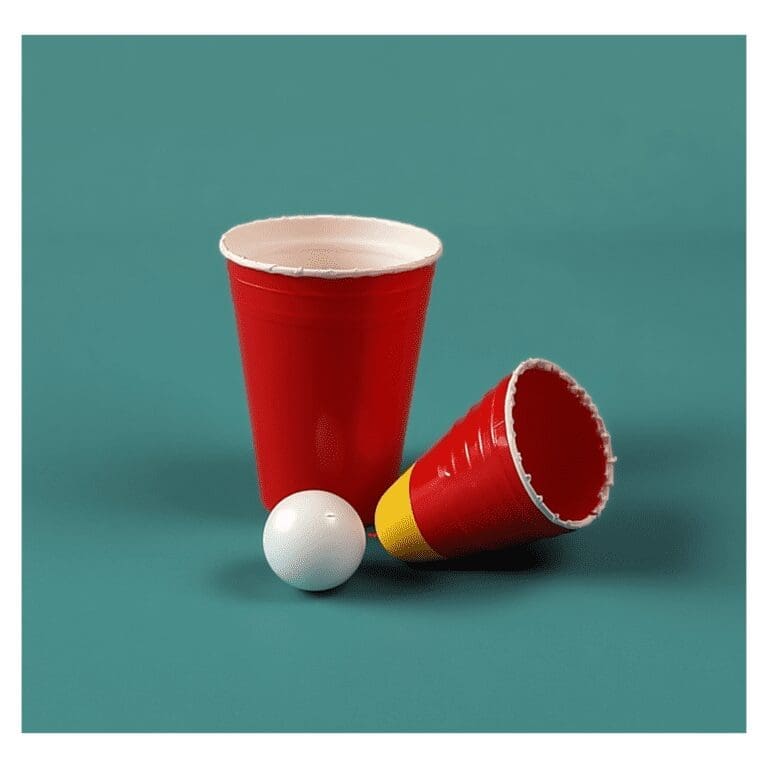Sometimes science can seem a little bit magical, so why not amaze your children with this nifty trick before teaching them the science behind it? Experiments like the floating paperclip trick help children develop an interest in science.
Let your kids’ jaws drop to the floor as you make a floating paperclip hover on water and discover the laws of surface tension with this easy and exciting science experiment. Your floating paperclip could inspire a whirlwind of learning and exploration into the wonderful world of science.
What You’ll Need
- A bowl of water
- A cotton bud or a pencil with a rubber on the end
- Optional: baby powder or laundry detergent
Method
To really WOW your kids, you should get them to try making their own paperclips float first. They will drop them into the water and see them sink to the bottom rendering it seemingly impossible for you to do. Then you can shock them with the simple use of your kitchen roll to help you out:
1. Pour water into your bowl until it’s about 3/4 full.
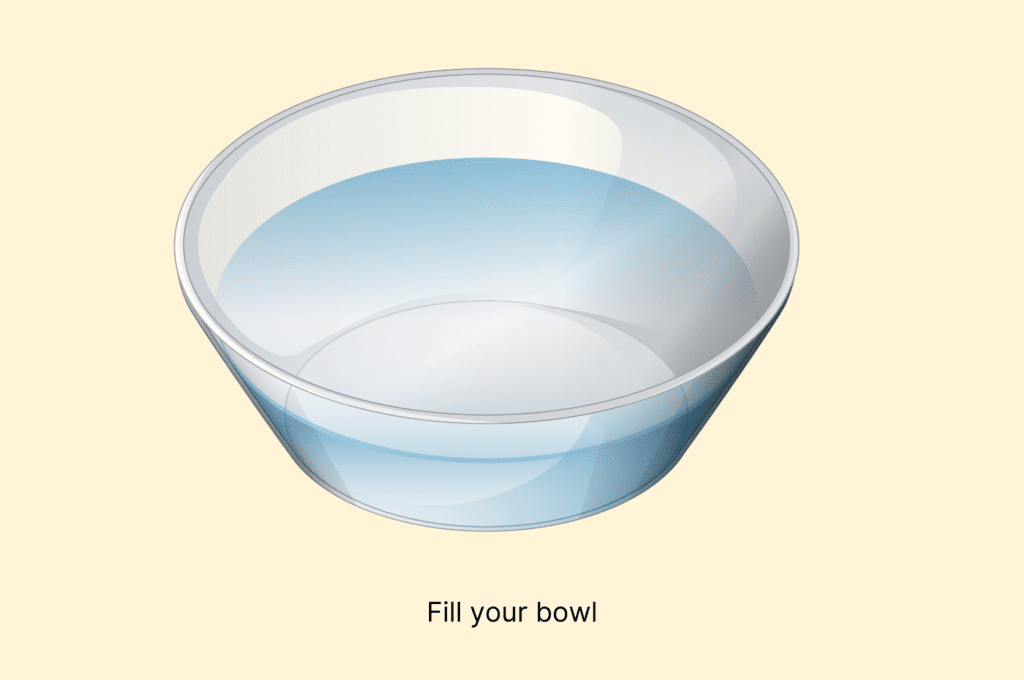
2. Next, place a small square of tissue paper on the surface of the water, trying to make sure that you place it down evenly so the tissue itself doesn’t sink.
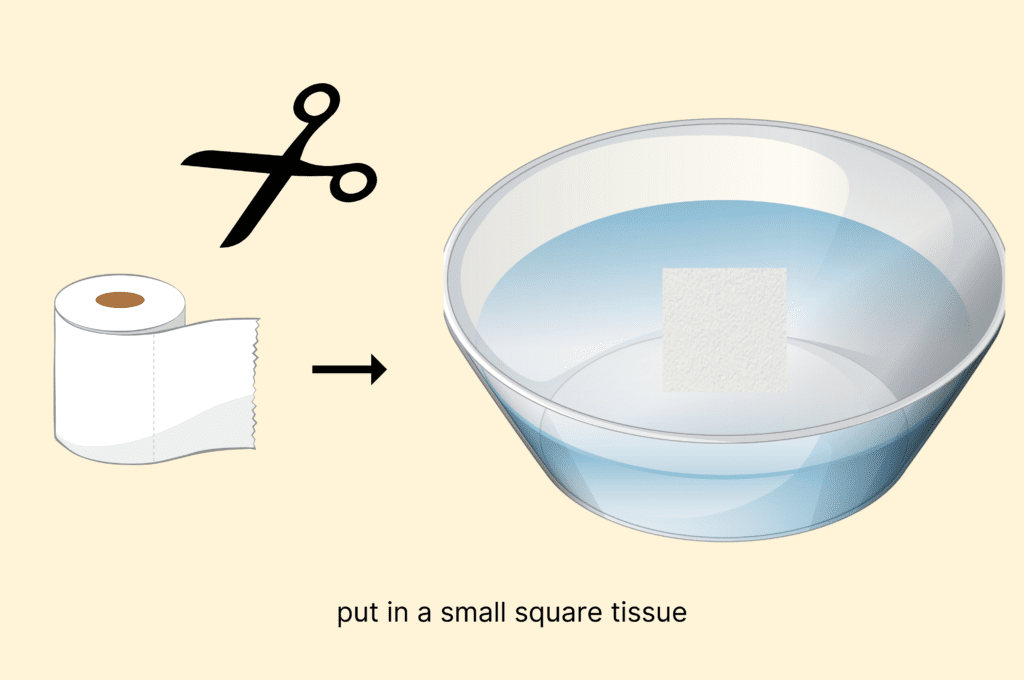
3. Once your tissue is floating, place your paper clip on the tissue trying to touch the water or the tissue with your fingers.
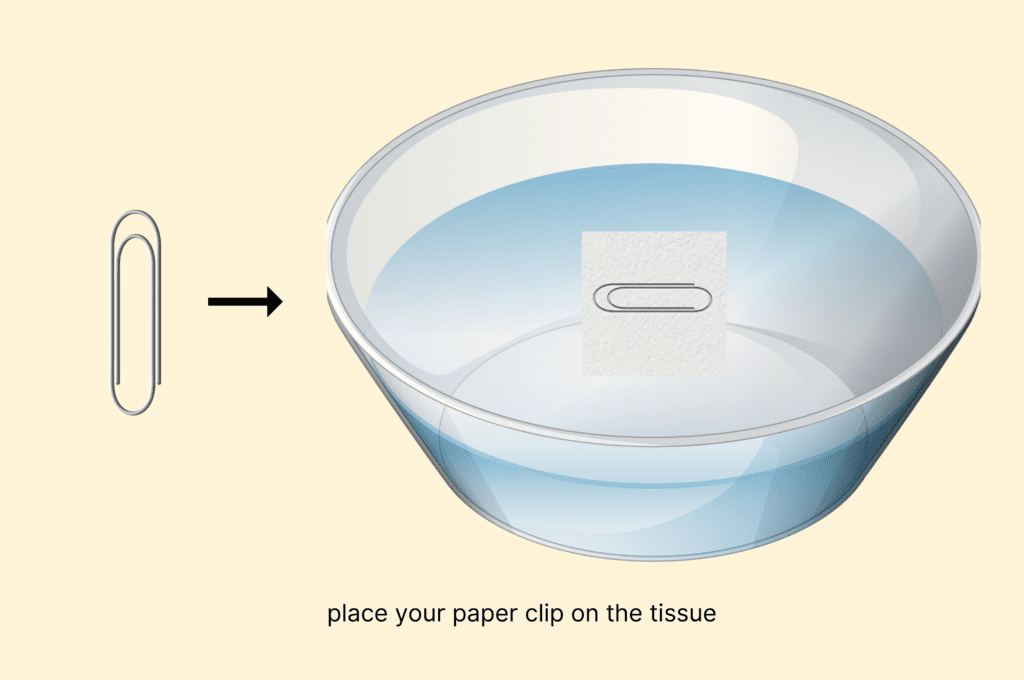
4. Once your paperclip is sitting happily on top of your tissue (it may take a couple of tries), you can use your cotton bud or the rubber end of the pencil to push the piece of tissue away from underneath the paperclip and then you should have your very own floating paper clip!
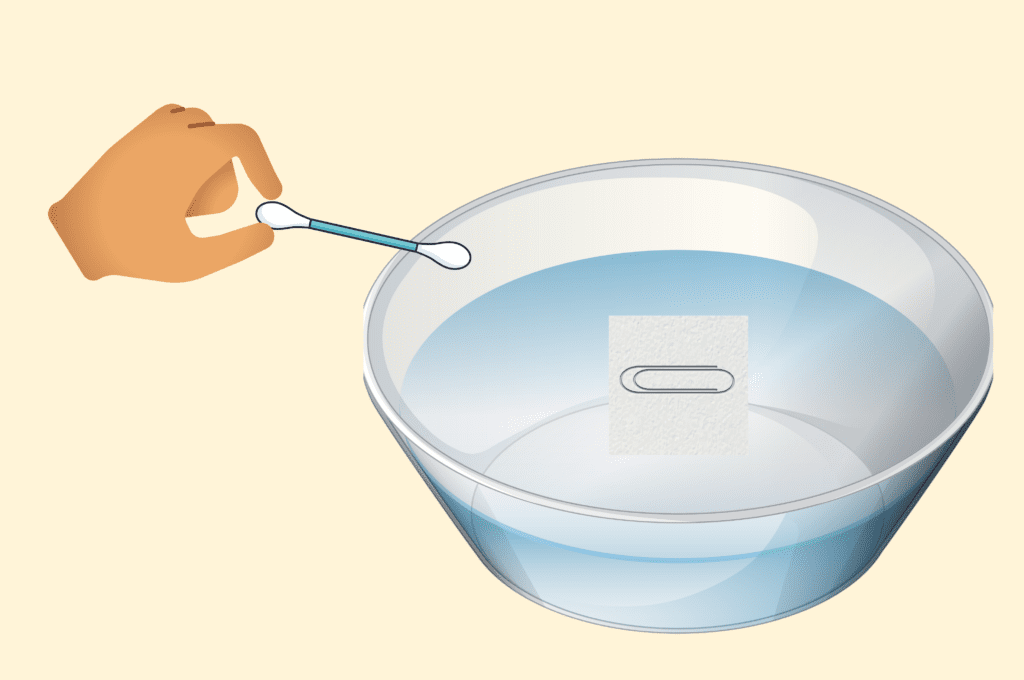
So why does this trick work? The magic behind it lies in a phenomenon known as surface tension. Water molecules have a natural tendency to stick closely together, forming a tight, cohesive layer on the surface.
This layer acts almost like an invisible “skin”, strong enough to support lightweight objects, such as a paperclip, allowing them to float despite their density. This fascinating effect is due to the unique properties of water and the way its molecules interact with each other.
When you place the paperclip gently on the water’s surface, the molecules don’t break apart; instead, they cling together, creating a surface tension that holds the paperclip up. This tension is like a delicate but firm barrier, preventing the paperclip from sinking.
With a steady hand and a bit of patience, you can position the paperclip just right so that it sits on this invisible layer, making it seem as though it’s floating.
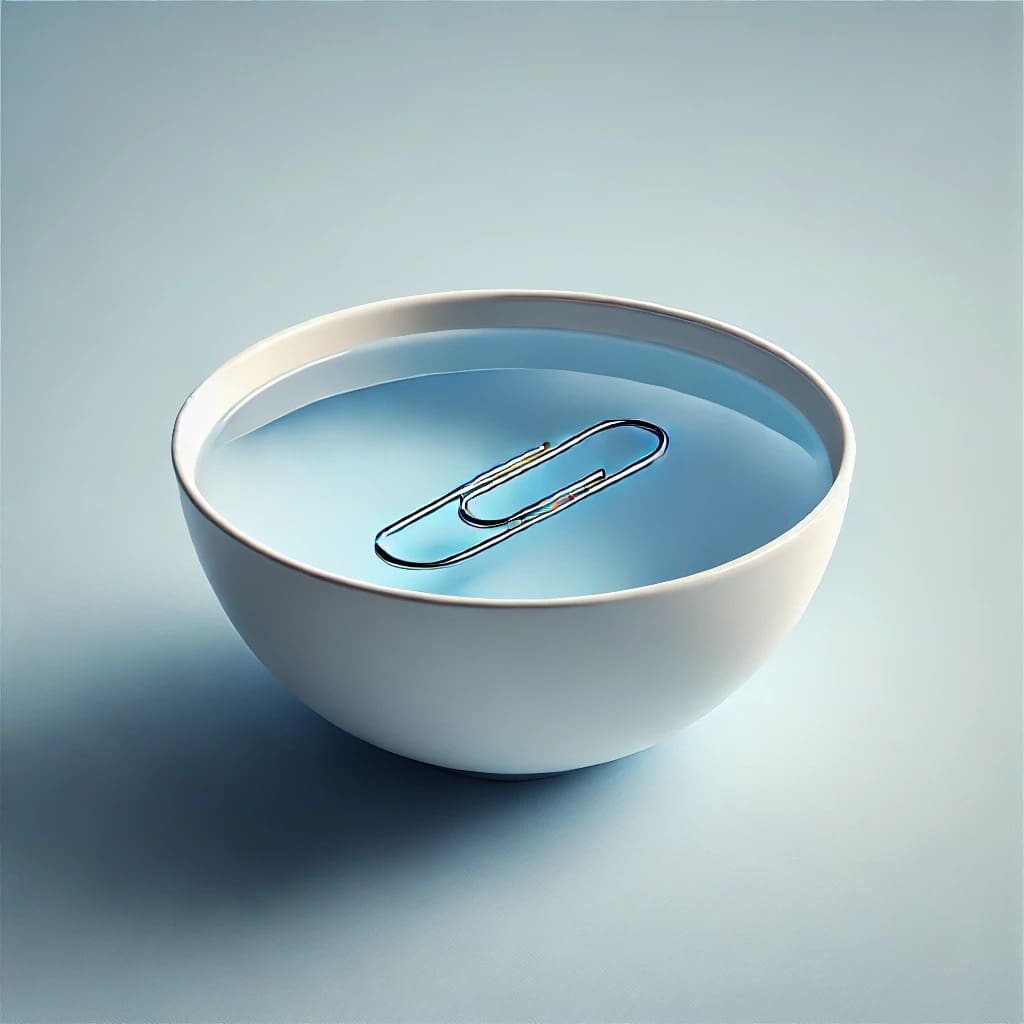
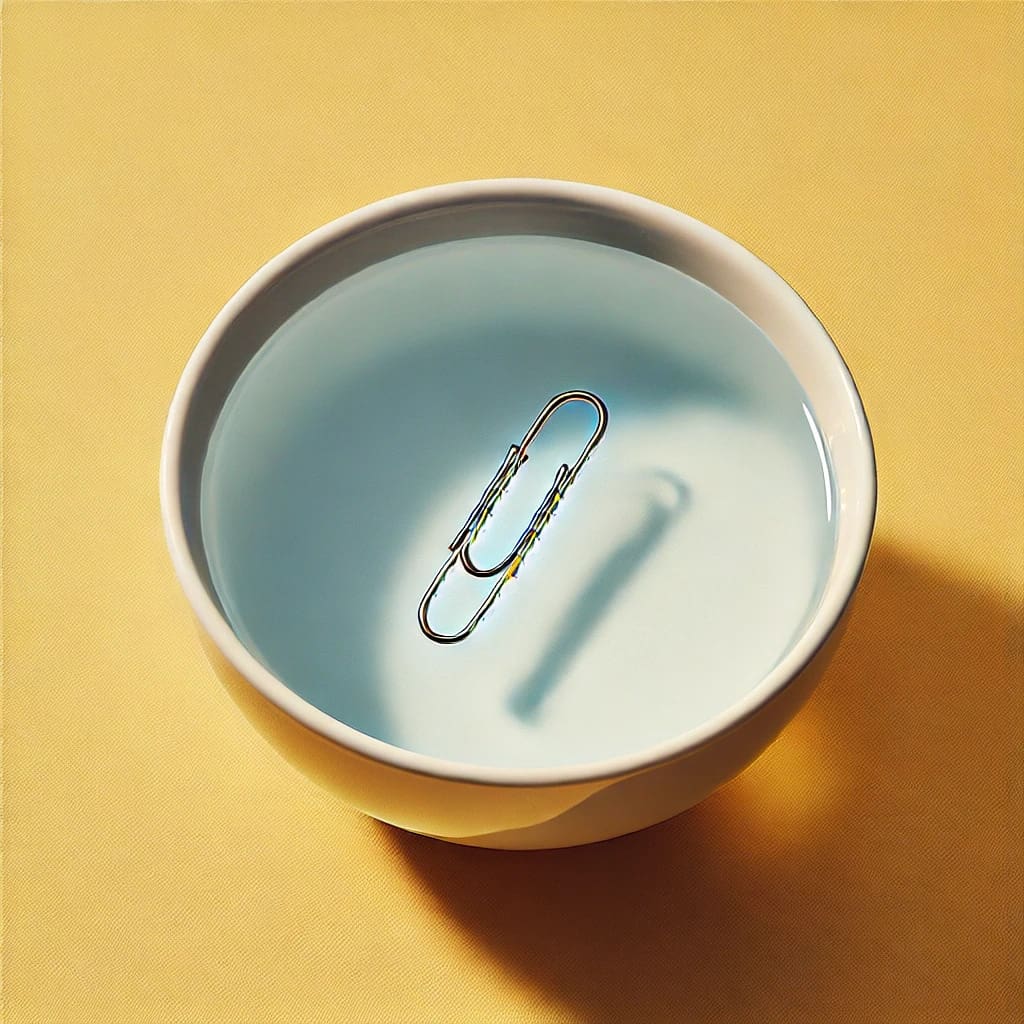
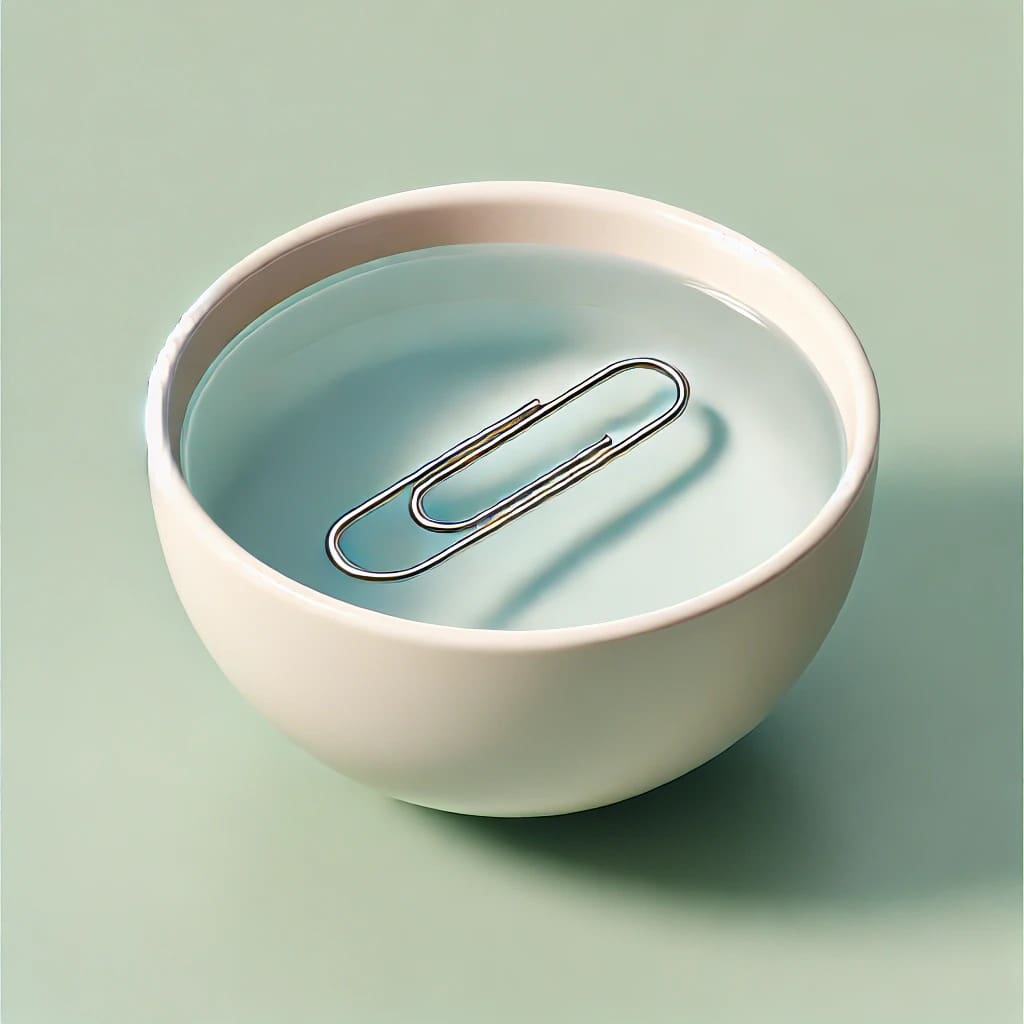
There are lots of things you can do to make this floating paperclip trick more of a science experiment and engage your children with scientific thinking.
1. Try adding some detergent or baby powder to your water – does your paperclip sink? And if so, why? The detergent may interfere with the surface tension of the water by acting as a ‘surfactant’ so your paperclip may not float as easily.
2. What about if you change the shape of the paper clip, does the shape of the paperclip affect its floating ability?
3. Float paper instead of tissue and see if that changes the experiment.
4. How many paper clips can the surface tension hold?
It is always fun to record the results of your experiments, and it helps children learn about the importance of theories and the experiments that prove them.
Why not create a table of all the different ways to try your floating paperclip so you can compare your results at the end? And while you’re at it, don’t forget to check out our other craft experiments, like our origami pig crafts or Alice In Wonderland card soldiers for more hands-on fun and learning!
FAQs
Source
https://boundlessbrilliance.org/brilliant-blog/floatingpaperclips

